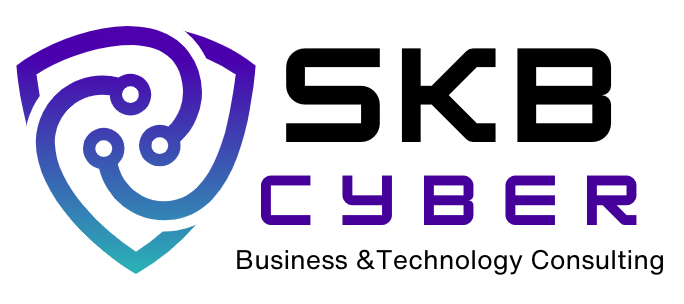Are backups important?A Tale of a Disaster
Are backups important?
A Tale of a Disaster
It’s a serene afternoon as the office clock ticks down the last 90 minutes of the workday. The office is calm; the hum from the fluorescent lights and the soft clattering keyboards is a soothing backdrop to the end of the day. As the CEO of [IPSUM Corp], you’re sitting in your office, wrapping up the day’s work, when suddenly, the tranquility shatters.
A flurry of emails floods your inbox, all asking about the same thing: the [critical financial application] isn’t working correctly. The calm afternoon has turned into a storm of confusion and panic. To make matters worse, you hear [Bob], the very, very stubborn user who is one of only two people who interact with the [critical financial application], complaining about accidentally clicking on a suspicious link. Your heart sinks.
“GOSH DARNIT! HOW DO THEY MAKE THE EMAIL LOOK SO REAL?!” [Bob] screams.
Your heart sinks to your heels as you remember that the [critical financial application] is over five years old. It required special administrative permissions for the users, a technical detail recently discovered in a software audit. The realization hits you like a punch in the gut: your company’s critical financial data could be at risk.
This is a nightmare scenario that no one wants to experience. But it’s also a stark reminder of the importance of a robust backup strategy. One such strategy that SKB Cyber recommends is the 3-2-1 backup method.
What is the 3-2-1 Backup Method?
The 3-2-1 backup method is an effective strategy for safeguarding your data. It involves keeping three copies of your data on two different types of storage media, with one of them located offsite.
3 Copies of Your Data:
Always have at least three copies of your data.
That’s the original data, plus two backups.
If one backup fails or gets corrupted, you still have another to fall back on.
2 Different Types of Storage:
Store your backups on two different types of storage media.
Examples: external hard drive and a cloud storage service
Different storage types have different vulnerabilities, so diversifying your storage media can protect against data loss.
1 Offsite Backup:
Always keep one backup offsite.
Examples: cloud storage service, secondary office location with secure storage
This protects against physical damage (like fire or flood) at your primary location.
So, don’t let your calm and peaceful office become a disaster of a failing application and a potential data breach. Implementing the 3-2-1 backup method can seem daunting, especially when there is almost no backup strategy. But remember, the time to think about backups is before you need them, not after. Because with the 3-2-1 backup method, even if disaster strikes, you’ll know your data is safe and sound.
About the Author
Denny Nunez, a seasoned cybersecurity consultant, brings a unique blend of experience to the table. His distinguished background in the U.S. Marines laid the foundation for his expertise in cybersecurity.
Over the last decade, he has been at the forefront of industry-focused cybersecurity consulting. His clientele has ranged from small mom-and-pop shops to small-medium-sized local businesses and even big corporations. This breadth of experience allows him to understand and cater to the unique cybersecurity needs of each business, regardless of its size.
His approach to cybersecurity is holistic, considering not just the technical aspects but also the human elements. One of his greatest strengths is his ability to communicate complex cybersecurity concepts in a way that everyone from the boardroom to the breakroom can understand.
Denny’s mission is to make the digital world safer for businesses of all sizes. His commitment to this mission, combined with his expertise and experience, makes him a trusted advisor in cybersecurity.

